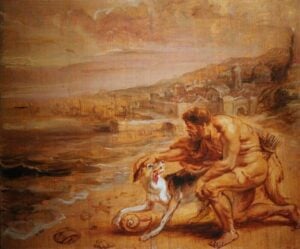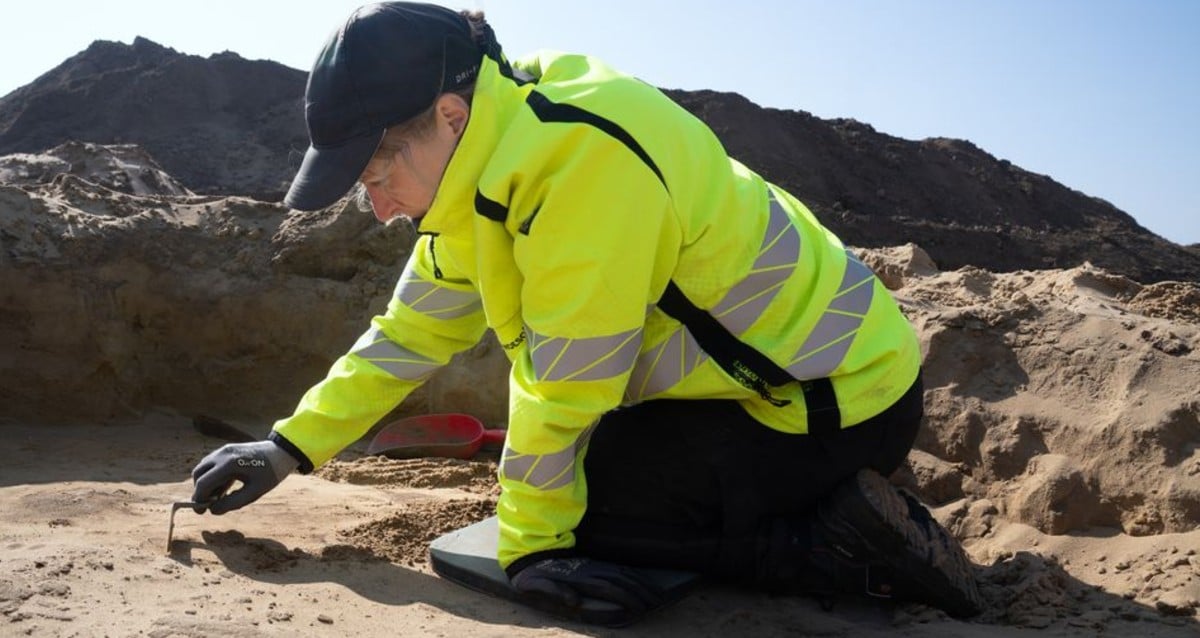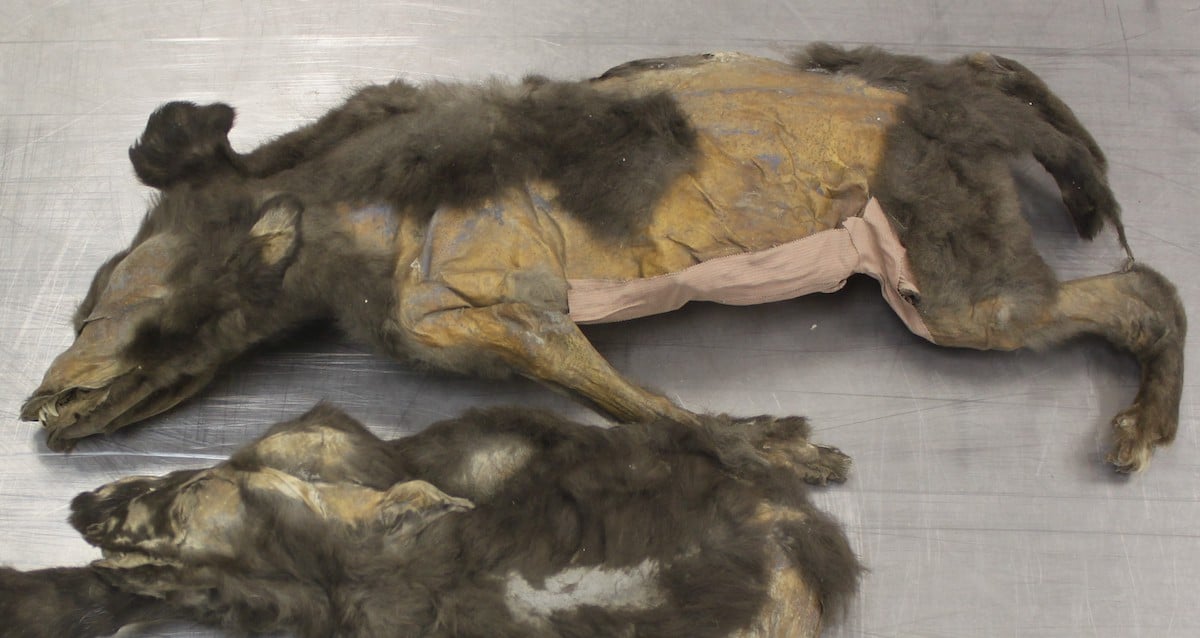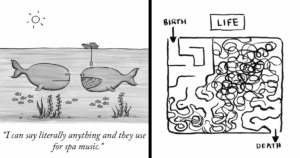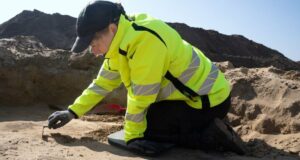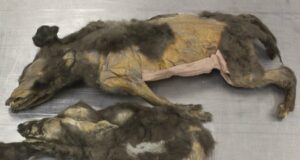Unveiled in Israel: The Clandestine 2,900-Year-Old Workshop Behind the Legendary Tyrian Purple Dye
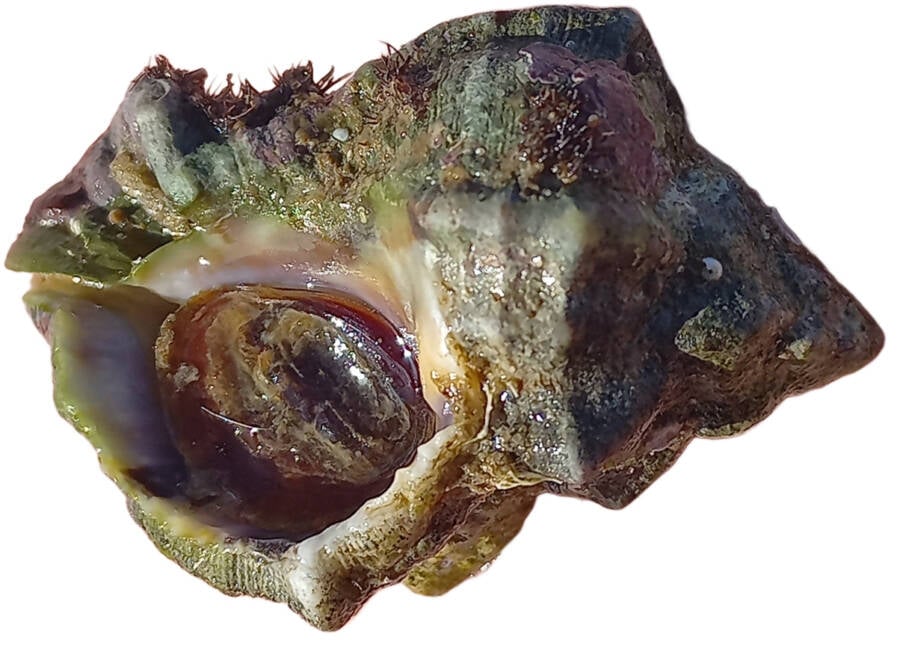
Ayelet Gilboa; PLOS ONETyrian purple is painstakingly made from the mucus of sea snail shells, hundreds of which were found at the Tel Shiqmona site.
The factory at Tel Shiqmona produced purple dye for some 500 years and, between roughly the 10th to early 7th century B.C.E., it was “the only site around the Mediterranean with clear evidence of significant-scale production,” according to Shalvi.
“We therefore assume it was the main supplier of dyed wool for elite and royal weaving centers across the region — Philistia, Israel, Phoenicia, Moab, Edom, Damascus, Cyprus, etc,” Shalvi told All That’s Interesting. “The site was probably a key economic hub for the Kingdom of Israel and later the Assyrian Empire, both of which ruled the area at different times. Its repeated destruction and subsequent rapid reconstruction suggest a strong motivation to keep it functioning.”
Indeed, from the Israelites and the Phoenicians to the Assyrians and the Romans, the treasured dye known as Tyrian purple was a mainstay in the ancient world.
The Colorful History Of Tyrian Purple, History’s Most Expensive And Prized Dye
The history of Tyrian purple (also known as Mycenaean purple) possibly began as early as the 16th century B.C.E., when it was first produced in the Phoenician city of Tyre (in present-day Lebanon). Phoenician mythology states that the god Melqart discovered the dye after his dog bit a sea snail during a walk on the beach, and emerged from the encounter with a purple snout.
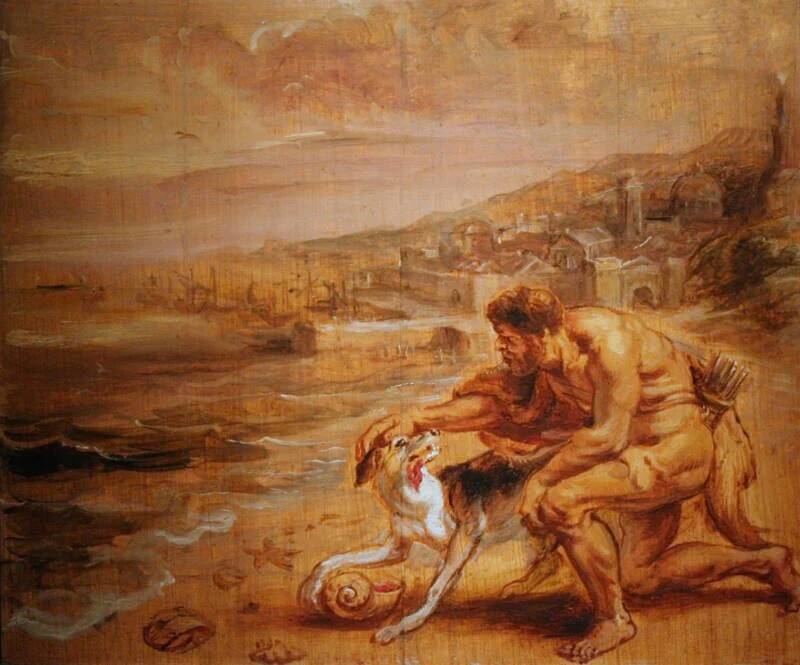
Public DomainThe Phoenician myth was adapted by the Greeks, who claimed that Hercules discovered the dye while walking with his dog.
Tyrian purple was painstakingly produced by gathering sea snails (Hexaplex trunculus, Bolinus brandaris, or Stramonita haemastoma). Ancient people either crushed the snails or extracted their glands, which were then salted, fermented, cooked, and reduced.
